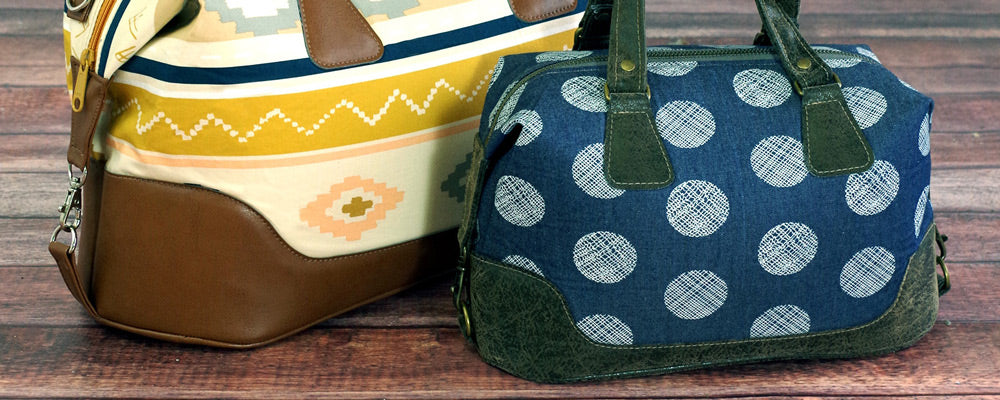Your Cart is Empty
Free Shipping On All Orders In January - No Coupon Code Necessary
Free Shipping On All Orders In January - No Coupon Code Necessary
Free Shipping On All Orders In January - No Coupon Code Necessary
Free Shipping On All Orders In January - No Coupon Code Necessary

September 21, 2017 3 min read
Although there are many tips and tricks that you can use to make your sewing a lot more easy, here we’re going to show you ten of the most amazing tips to use.
If you aren’t sure whether you need to preshrink your machine washable fabric, you need to test it to find out the answer. To test your fabric for shrinkage, you need to create a 4”x4” square on a piece of paper and use it to cut a piece of your fabric. Take the piece of fabric and throw it in the wash when you do your laundry of like colors. Once it is dried, place it on the paper square you used for cutting the piece of fabric. If it is the same size, you don’t need to preshrink before you cut out your pattern. However, if your piece of fabric is now smaller than 4”x4”, then you need to preshrink it. To do this, you need to give it a wash and dry according to its care instructions.
If you need to alter the hem of a lined skirt with a kick pleat, it is recommended to take a photo of the pleat prior to making any changes. You’ll need the photo to use it as a reference for when you want to put the hem back together again.
If you make your top, skirt or pants out of chiffon, you should hang them before you hem them. Chiffon is a fabric that stretches or grows, so if you only want to hem the garment once, hang it up for 24 hours and only then hem.
When you are looking to buy patterns for your garments, you should pay attention to the measurements. For tops, jackets, and dresses, you should buy a commercial pattern according to your bust measurement. It is easier to adjust the waist and hip than the bust. For skirts and pants, you need to buy depending on your hip measurement.
When you go to the fabric store, make sure you take a notebook with you, so you can record the necessary details. If you prefer, you can use your smartphone instead of a notebook, so you take a picture of the fabric, its washing instructions, and other important details.
If you use a notebook, remember to glue or staple a sample of fabric to the page with the details. If you used your smartphone to take photos, keep a digital or hard copy file. This way, you’ll always know exactly what you have in your fabric stash.
You are recommended to keep two sets of tools: one at your sewing station, and the other at your pressing/cutting station. In case your cutting and pressing stations are separate, you can also get three sets of tools instead of two. This way, you’ll never need to stop from your activity to go to another part of your room to get the tool you need. Some of the basic tools you need to have in these sets include:
There are manufacturers who preshrink linings, but this is only mentioned at the end of the bolt. However, if the lining hasn’t been preshrunk, it is easy to do it. You are recommended to take silk or specialty linings that must be dry cleaned to the cleaners.
When you make a muslin, make sure you remove hem allowances. This way, you’ll be able to see the finished length of your test garment, without being needed to hem.
When you do a large hem on a slightly curved hemline, make sure you eliminate some of the excess fullness from the hem allowance. To do this, mirror the side seam lines.